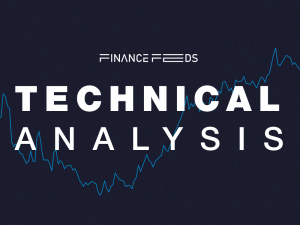Green Digital Finance Alliance announces first green fintech taxonomy
The report also maps main databases leveraged by each category of green fintech, offering an overview of datasets that, if made accessible, could drive a greater supply of green fintech innovation.

The Green Digital Finance Alliance and the Swiss Green Fintech Network, with support from the Swiss State Secretariat for International Finance (SIF), have launched the final version of the world’s first green fintech classification.
Going by the name of ‘Green Fintech Classification’, the final report is intended to be a tool to further mature and stimulate the green fintech market via enabling a harmonised approach for policy makers, investors, and market actors to analyse and segment green fintech markets.
Given how much the past year’s fintech market evolution has been marked by a new wave of fintech solutions with a green intent, the organization found that the timing was right to introduce a green fintech classification.
At first, various classifications emerged using categories such as digital lending, digital payment solutions, and digital wealth management, which largely mirrored the established financial products segment, just recast in digital forms.
The second wave of fintech market development was defined by using new data sets and underlying infrastructure to innovate entirely new digital financial products and services, for instance building on programmable assets such as utility tokens or on security token offerings.
Third wave defined by behaviours of its protagonists with green objectives.
The Green Digital Finance Alliance and the Swiss Green Fintech Network are now addressing the industry’s desire to encompass new types of commercial applications. This third wave is defined by fintech solutions designed to better align the financial system and the behaviours of its protagonists with green objectives.
“Those solutions either unlock new and more advanced green finance or align better existing financial and capital flows with green objectives. Given this latest wave in fintech’s market evolution, an updated taxonomy is in order. This report constitutes a clear classification of green fintechs that will continue to evolve over time”, said the official statement.
The paper outlined the following seven green fintech categories:
• Green digital payment and account solutions
• Green digital investment solutions
• Digital ESG-data and -analytics solutions
• Green digital crowdfunding and syndication platforms
• Green digital risk analysis and insure-tech solutions
• Green digital deposit and lending solutions
• Green digital asset solutions
• Green regtech solutions
The report also maps main databases leveraged by each category of green fintech, offering an overview of datasets that, if made accessible, could drive a greater supply of green fintech innovation.
“Open-source datasets that have already enabled many green fintech innovations include open-source earth observation data from the Copernicus and NOAA databases, carbon inventories and carbon accounting databases, voluntary carbon credit registries and open banking data infrastructure”, said the announcement.
Green fintechs strongly leverage proprietary company databases managed by ESG data vendors, often in combination with web-scraping. IoT-generated, dynamic asset level data is one of the least leveraged dataset categories.









